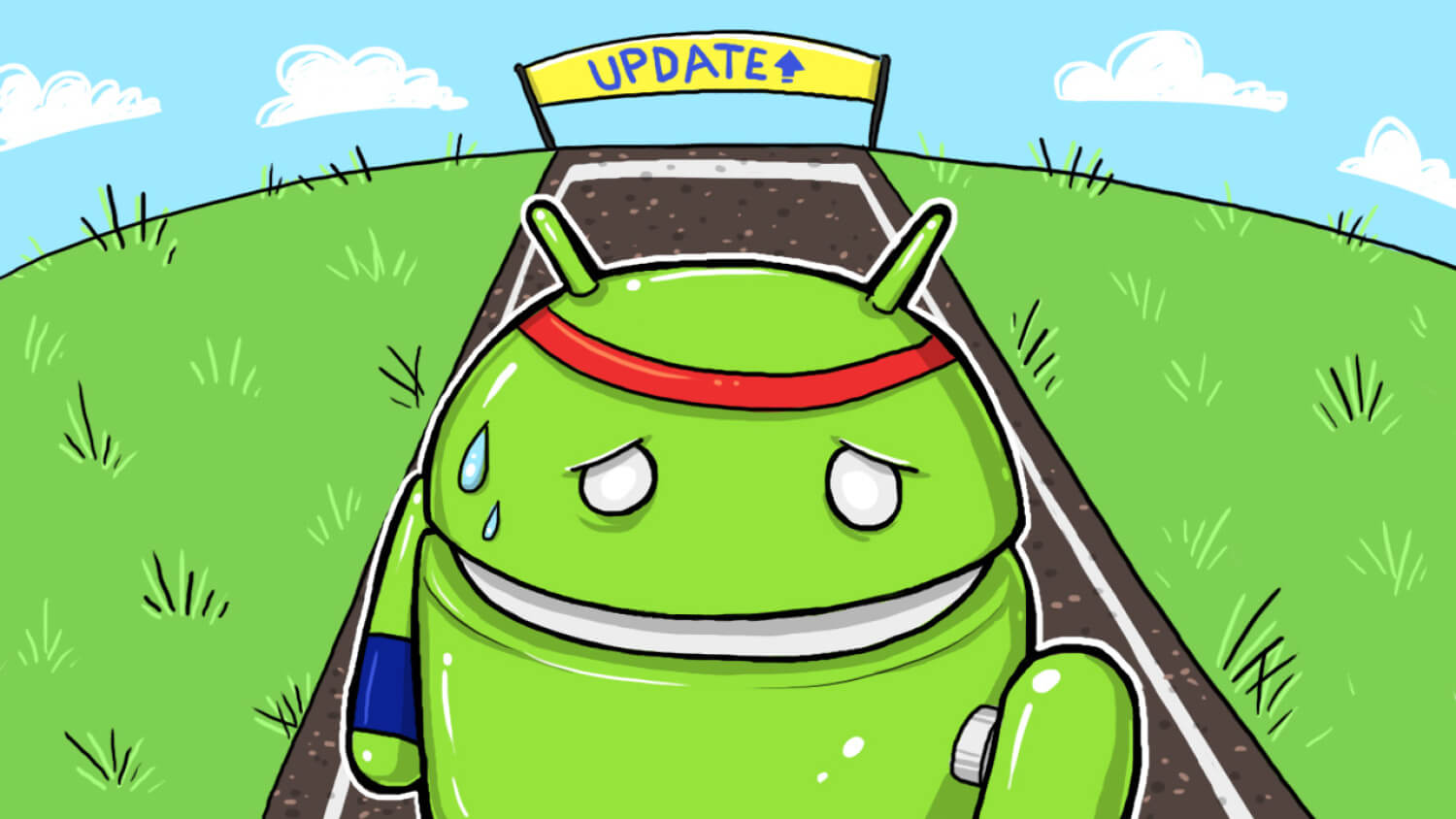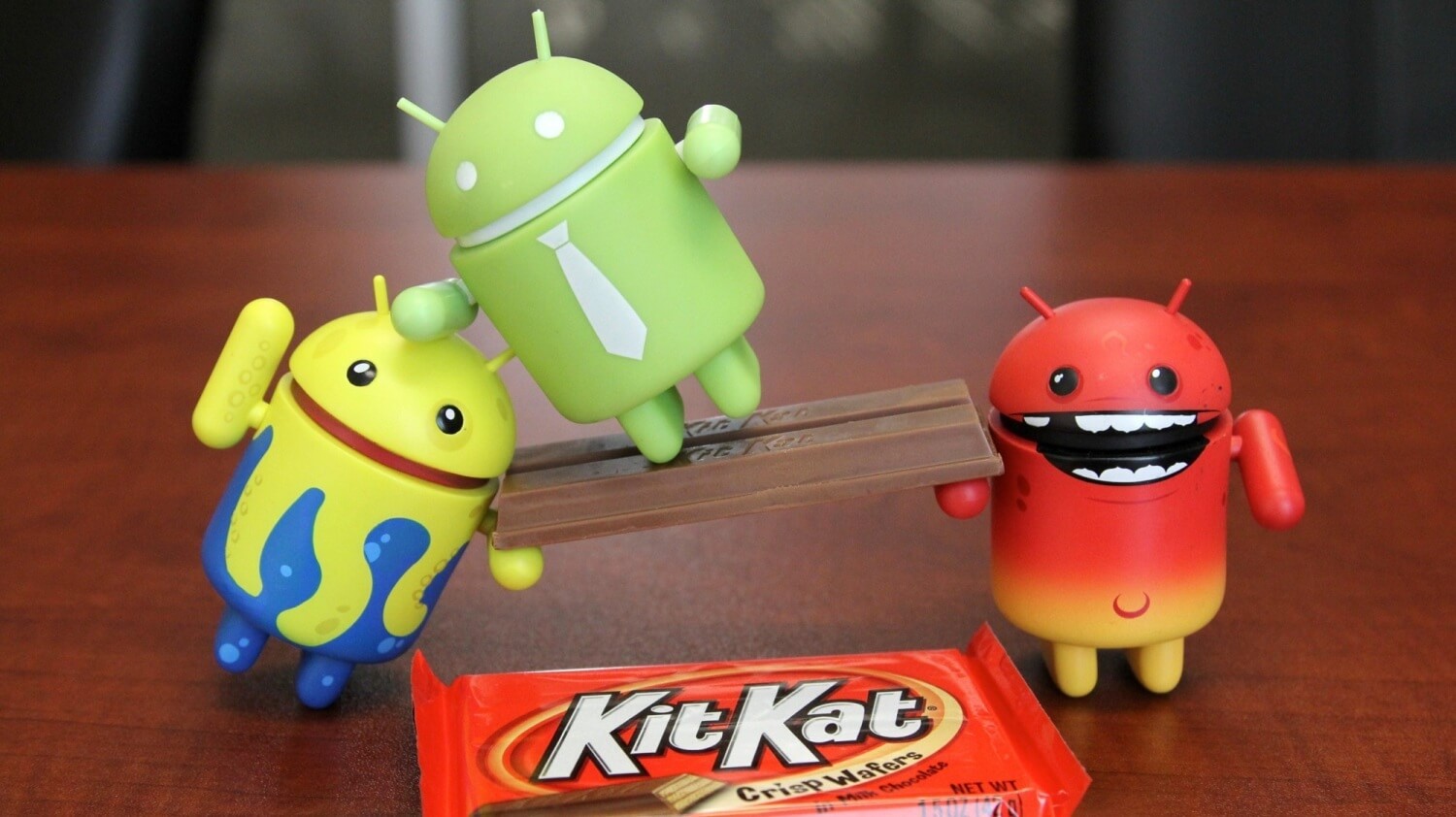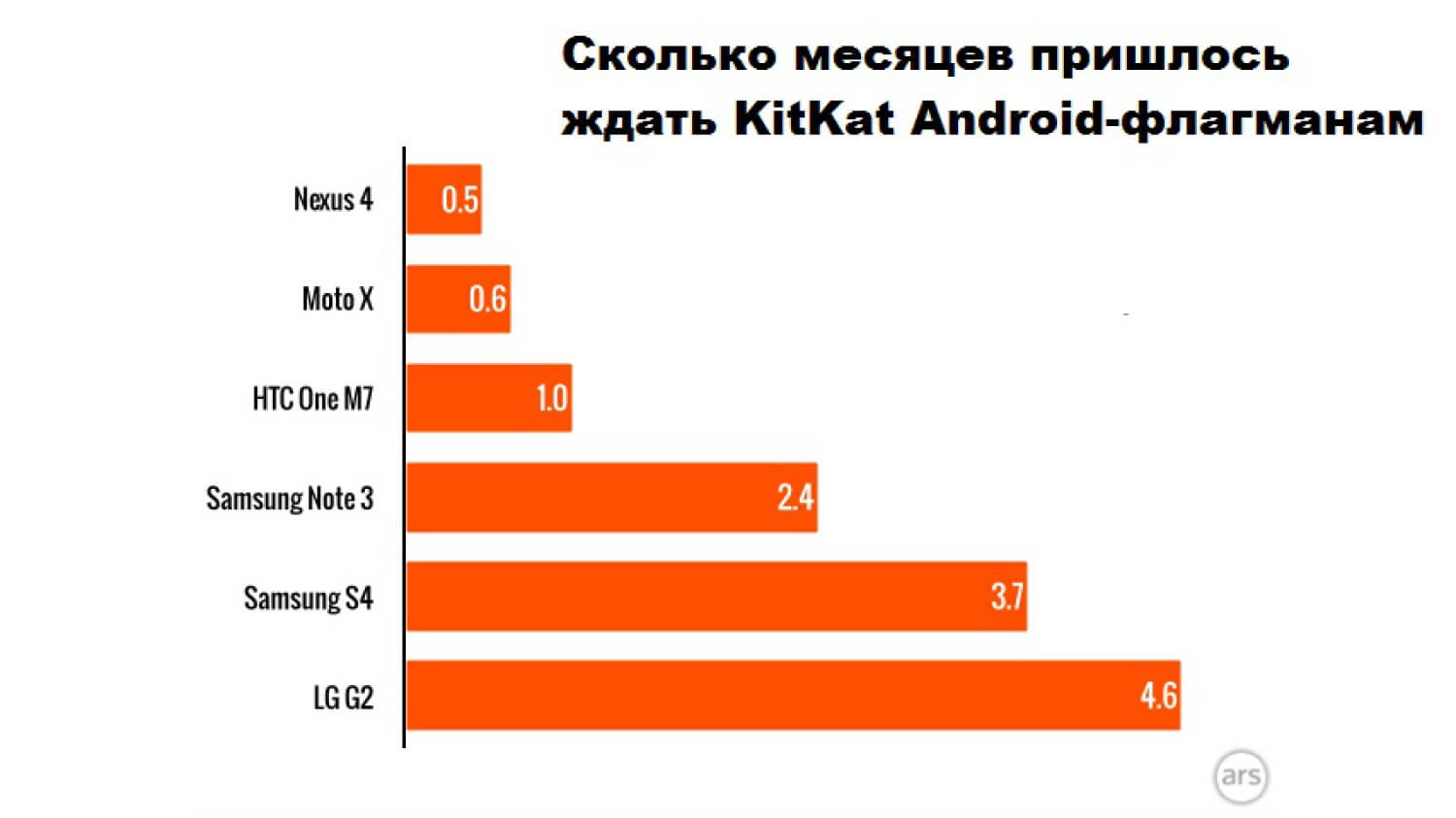
Android KitKat was first introduced in October 2013, almost a year ago. According to the latest data, in August 2014 to extend it to Android-powered devices is only 20.9%, while the world has stopped waiting for the next version of the operating system from Google. Users want to use the latest software, it is logical, but with Android no device other than Nexus, they can not guarantee it. It is obvious that there is a problem that it would be nice to solve.
Of course, Android, unlike the devices on other operating systems, a wide range of different gadgets that run on an unimaginable number of different processors, graphics cards and other things, and other things . This complicates the issue of alleged any universal upgrades that would fit any smartphone or tablet. Yet.
Pain and suffering ARM

Take a look at personal computers. X86 – a platform. Chips not only adhere to the same set of instructions, they are also connected to the standard controllers and peripherals using standard interfaces that the OS knows how to work. Yes, some of them sometimes need drivers, but they are often available for you. In other words, it does not cause a lot of trouble.
On ARM it’s not so. Different chips still adhere to a standard set of instructions, but everything else is done by manufacturers in their own (often unique to each chip), it requires a lot of time to create the nucleus of a custom Linux, just to make these things work. In later kernel versions (since 3.7), it’s pretty much fixed, so the operating system can work with a wider range of ARM-chips. The only problem is that Android KitKat and L Developer Preview using version 3.4.
Google, in turn, offers no alternative routes. The company provides a core that can serve as a “starting point”, but they are not finished products. Thus, the search giant has just throws chip makers to understand themselves with this problem, and they have to spend time and resources on what to get Android working on a variety of hardware solutions, instead of focusing on any functions that are useful to users.
Meanwhile, as we all know, Android – ARM-largest platform in the world, and yet it does not give producers “iron” the same broad compatibility of equipment which have Windows or Linux on a PC. Google, of course, can fix it.
Another approach

Originally meant that Android will be updated in the manner of iOS, which brings a new update on the new device API for developers, new drivers for” iron “, a new functionality to the user. For Apple products is acceptable, because the company has to maintain not so many devices that have a lot of common components. In addition, Apple is much tougher controls everything to do with software.
But Android spread so quickly and so widely, that this manner of updates quickly proved untenable. Judge for yourself, at this stage, more than 3.2 Android devices can not connect to the new product, Google and its partners – smart clock on Android Wear. And all because these devices do not even get the update to Android 4.3.

Yes, lately we can receive various upgrades as separate applications in Google Play, as, for example, occurs with Google Services. Moreover, in addition to Chrome, Gmail, keyboard, we are available to even update the launcher.
This is a good start, but that should not stop. Many of the Android like notification center, the quick settings menu, the menu and other running applications still require a monolithic update Android. From such practices have to go, giving users the ability to update any interface element through Google Play, as it is, again, going to the launcher.
The same applies to the API, some of which have already been successfully updated with Google Services. The only thing that is worth thinking about – how not to break the existing and running applications.
back control
At the same time it is clear that Google wants to regain control of the trajectory of its mobile operating system. The company already has more than we are accustomed to, the impact of such branches Android, as Wear, TV, Auto. It is logical that this should be a continuation of the upgrade of mobile Android itself Google, without the participation of producers and operators. That is coming to the same good old model, which for many years using a PC on Windows. This will make it easier for producers and better for users.
On materials ArsTechnica
No comments:
Post a Comment